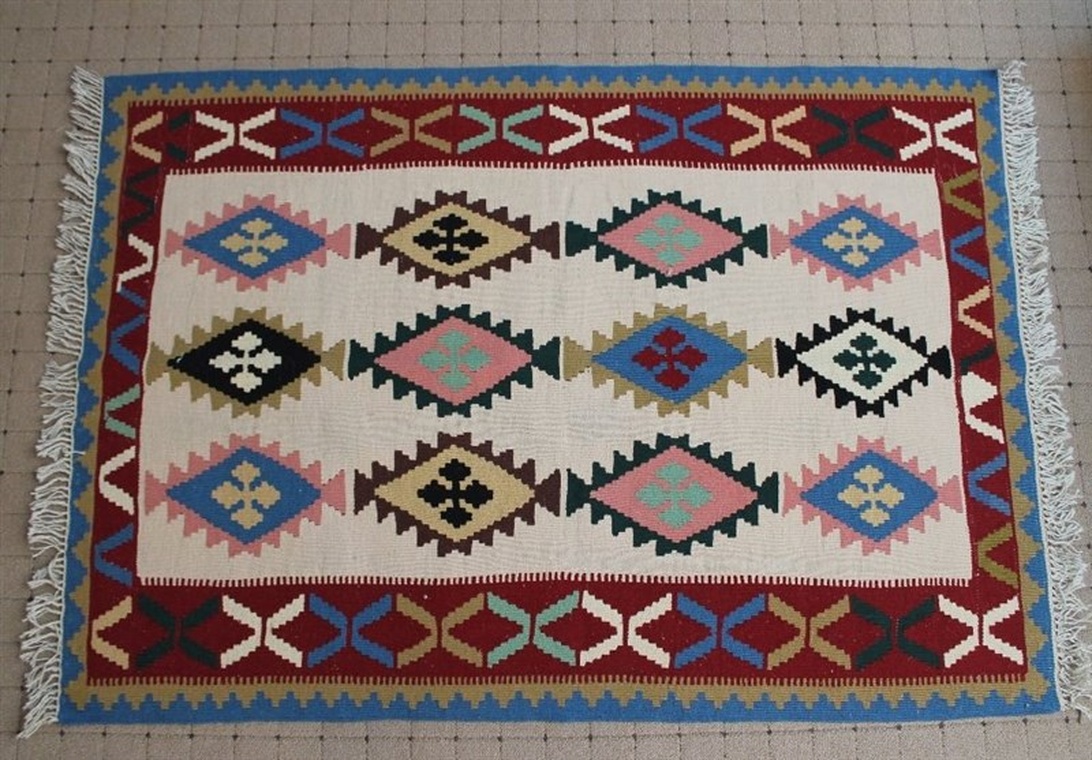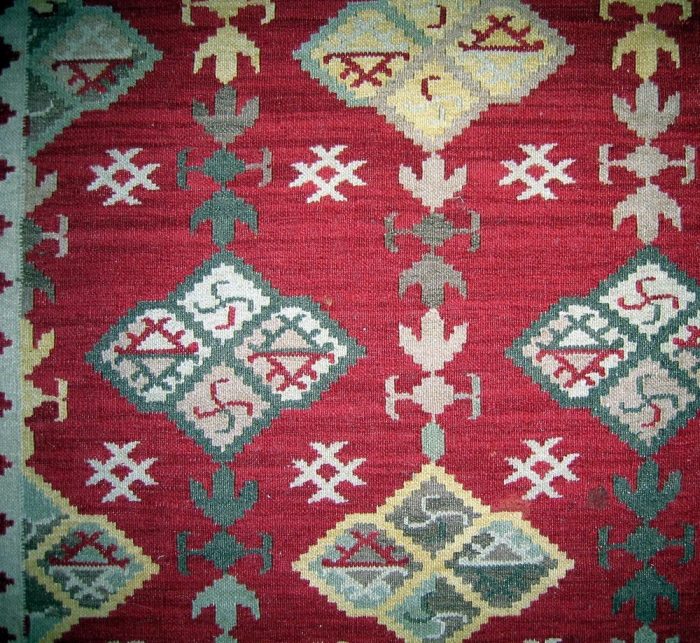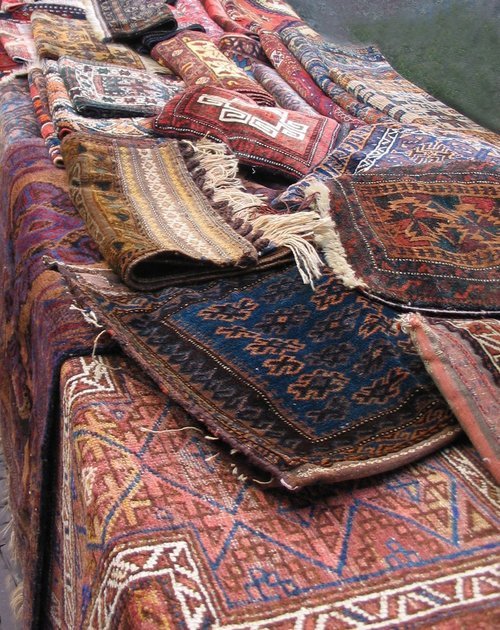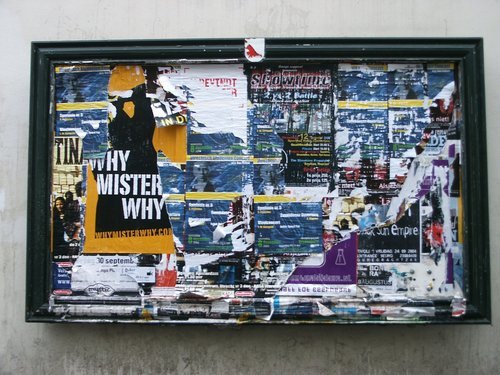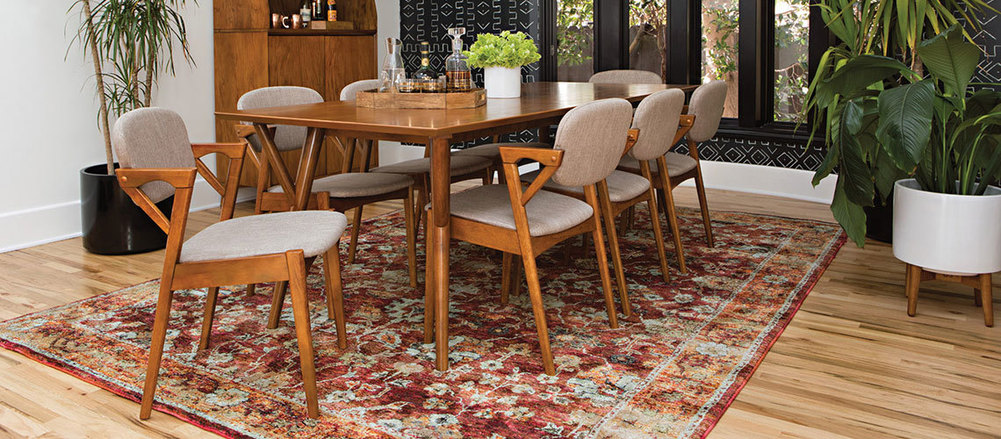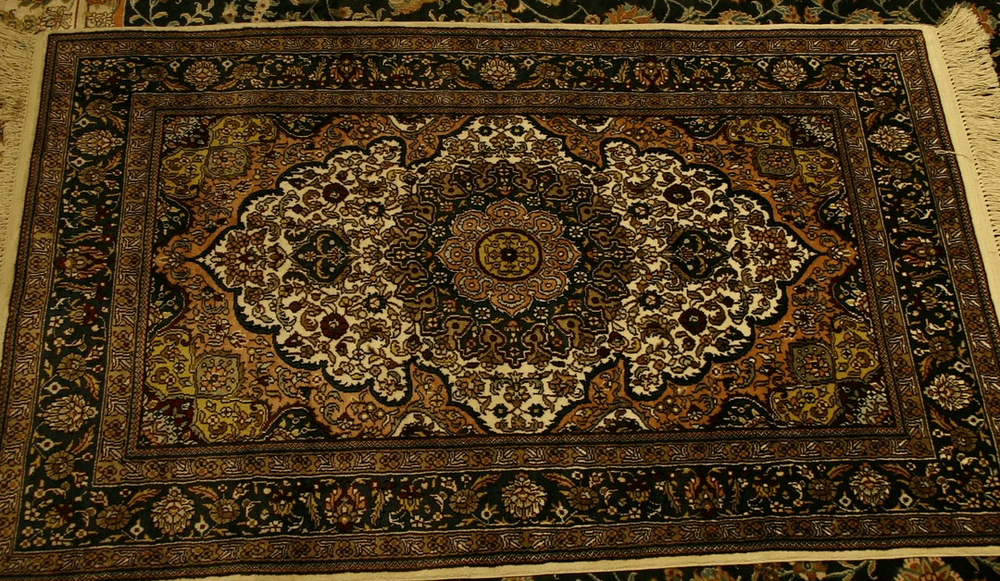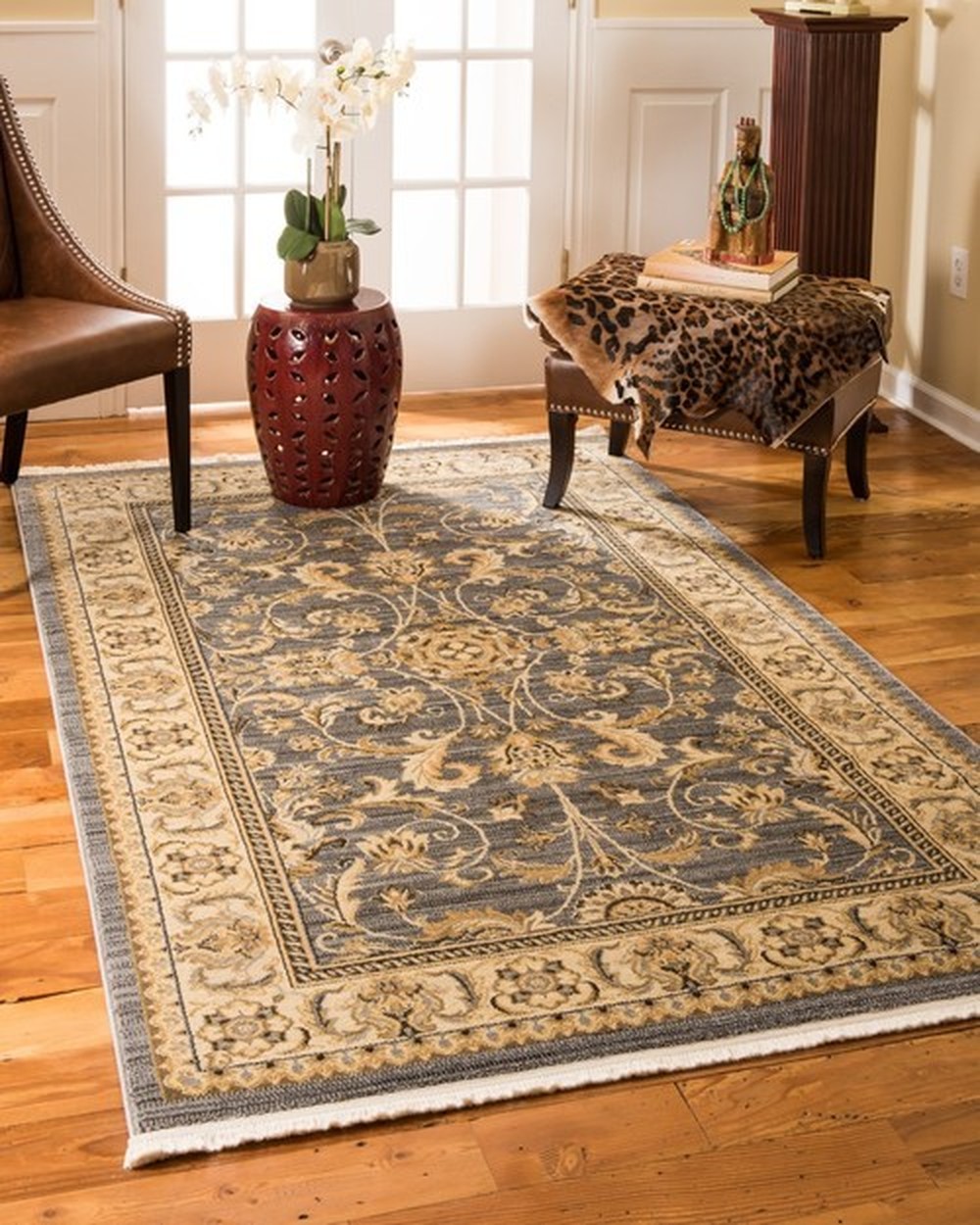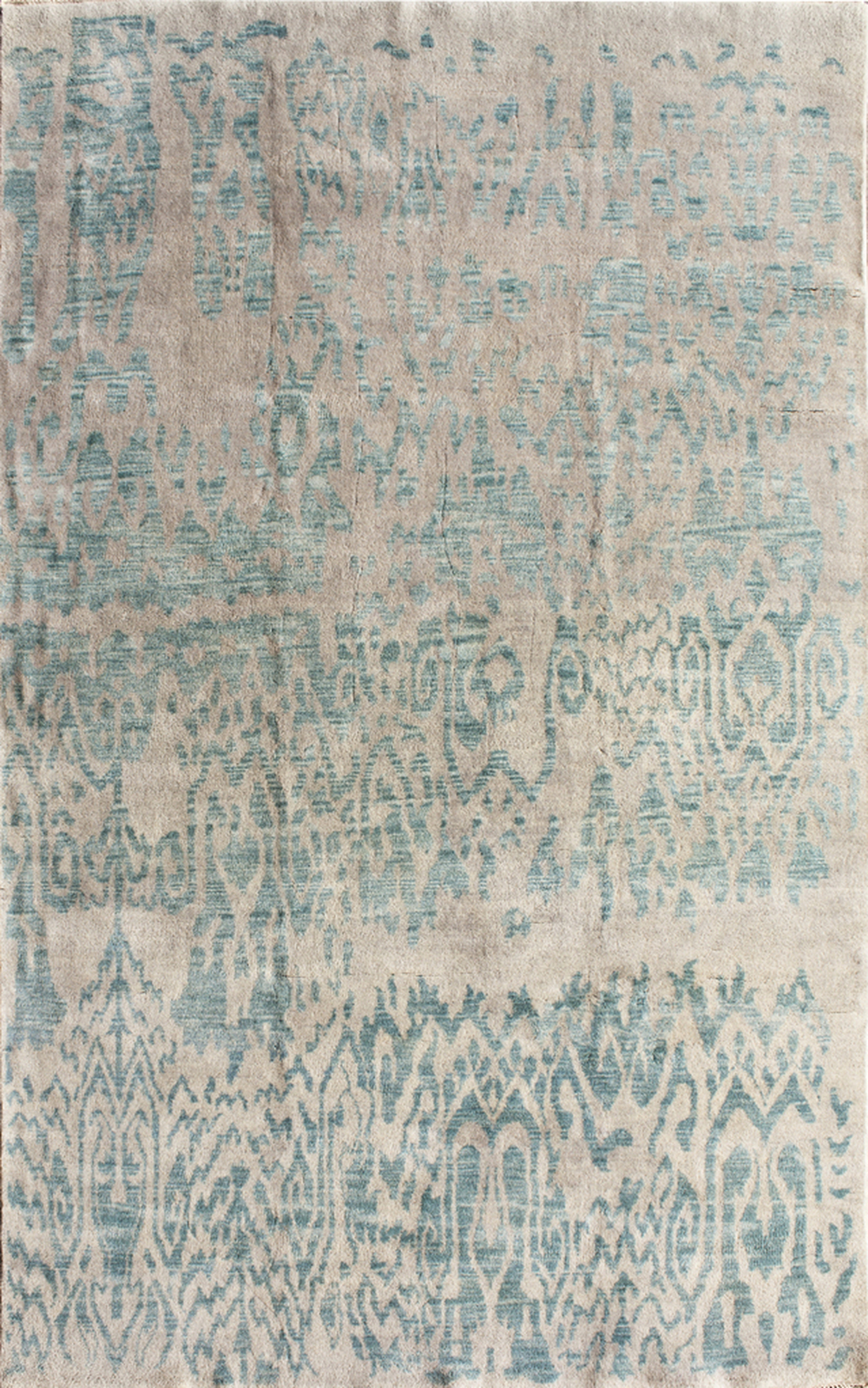Oriental rugs are far more than beautiful floor coverings; they are intricate historical documents, each knot telling a story of cultural exchange, artistic innovation, and the enduring human spirit. From the earliest nomadic weavings to the sophisticated masterpieces of royal courts, the patterns of Oriental rugs have evolved over millennia, reflecting the changing world around them. I’ve spent years immersed in this world, and I’m thrilled to share this journey with you.
Woven Wonders: A Journey Through Time and Tradition
Ancient Beginnings: The Dawn of Design
Our story begins in the vast, windswept landscapes of Central Asia, where the earliest evidence of complex rug weaving has been unearthed. The remarkable Pazyryk rug, discovered in a Siberian tomb and dating back to the 5th century BC, offers a breathtaking glimpse into this ancient craft. Even at this early stage, the rug displays a sophisticated design: a central field filled with star-shaped ornaments, bordered by processions of deer and horsemen. This indicates that the art of rug making, including pattern creation, was already well-established thousands of years ago.
Early Materials and Techniques
In those early days, weavers relied on readily available materials. Wool from sheep and goats formed the foundation, while natural dyes, derived from plants, insects, and minerals, provided a vibrant, yet limited, color palette. These early rugs were not merely functional; they were expressions of creativity and cultural identity, often incorporating motifs inspired by nature, mythology, and daily life. The Sasanian Empire (224–651 AD) saw a continuation of these traditions. Although surviving examples are rare, fragments suggest a continued use of animal motifs, hinting at a connection to the earlier Pazyryk rug and demonstrating the enduring power of these symbolic representations.
The Islamic Era: Geometry and Grace
The arrival of Islam in the 7th century AD marked a turning point in the evolution of Oriental rug patterns. While it’s difficult to pinpoint precise changes from the early Islamic period, the cultural shift significantly influenced design aesthetics. Islamic art, with its emphasis on geometric patterns and abstract forms, profoundly impacted rug design. This influence grew stronger under the Seljuk, Mongol, and Timurid rule (from the 11th to the 16th centuries).
Geometric Motifs Emerge
During this period, geometric patterns, intricate knotwork, star shapes, and borders inspired by Kufic calligraphy became increasingly prevalent. These designs reflected the Islamic worldview, emphasizing order, symmetry, and the beauty of abstract forms. Timurid miniatures, detailed paintings from the era, provide valuable visual evidence of these carpet designs, showcasing the growing sophistication of Islamic art, as described in Carpet History.
Cultural Significance
Patterns became more than just decoration; they evolved into carriers of cultural and spiritual meaning. The intricate geometric designs reflected a deep understanding of mathematics and a reverence for the order of the universe. This was a period of profound artistic development, laying the groundwork for the masterpieces that would follow.
The Safavid Dynasty: A Golden Age of Design
The Safavid dynasty (1501–1732) ushered in what many consider the golden age of Persian rug weaving. This period witnessed a true ‘design revolution,’ transforming the art form into something truly extraordinary.
From Geometry to Curves
A dramatic shift occurred, moving away from predominantly geometric patterns towards flowing, curvilinear designs. Flowers, vines, arabesques, and even animal motifs began to grace the surfaces of these magnificent carpets. Large, central medallions became a defining characteristic, often surrounded by intricately detailed borders. This transformation was made possible by advancements in weaving techniques, allowing for finer knotting and greater detail.
Royal Patronage and Masterpieces
The Safavid court actively patronized the arts, and rug weaving flourished under their support. Masterpieces like the Ardabil Carpet were created, showcasing the incredible skill and artistry of the weavers. These carpets were not just floor coverings; they were symbols of power, wealth, and refined taste, often presented as prestigious gifts to foreign dignitaries.
Regional Variations: A Tapestry of Styles
While the Safavid court produced some of the most elaborate carpets, a diverse range of regional styles flourished throughout Persia and beyond. Each region developed its own unique characteristics, reflecting local traditions, materials, and aesthetic preferences.
Tabriz: The Medallion Masters
Tabriz, a major weaving center, became renowned for its carpets featuring prominent central medallions, often surrounded by intricate floral motifs and detailed borders. These carpets are celebrated for their sophisticated designs and exquisite craftsmanship.
Kashan: Silk and Splendor
Kashan became famous for its luxurious silk carpets, often featuring intricate floral patterns and a refined aesthetic. The use of silk allowed for incredibly detailed designs and a lustrous, shimmering surface.
Isfahan: Floral Elegance
Isfahan rugs are characterized by their incredibly intricate and detailed floral patterns, reflecting the city’s rich artistic heritage. These carpets often feature a harmonious blend of colors and a sophisticated sense of design.
Nomadic and Village Weavings: Bold and Geometric
In contrast to the elaborate court carpets, nomadic and village weavers often produced rugs with bolder, more geometric designs. These rugs, typically made with coarser wool and simpler looms, reflect a different aesthetic sensibility, emphasizing strong colors and powerful, symbolic motifs. They offer a vibrant counterpoint to the refined elegance of city-made carpets.
Symbolism in Motifs
Many of the patterns found in these regional styles carried deep symbolic meanings. For instance, the Boteh, a teardrop-shaped motif, is often interpreted as a symbol of life, eternity, or fertility, and its form resembles the cypress tree. The Herati pattern, with its diamond-shaped flower and curving leaves, is associated with abundance and protection. The Gul, an octagonal flower, is common in Turkman rugs. The Mina-Khani design features interconnected daisies. The Shah Abbasi motif, with stylized palmettes, is frequently seen in carpets from various regions. Each of these motifs adds layers of meaning to the overall design, reflecting the beliefs and traditions of the weavers.
The Modern Era: Tradition and Innovation
The 19th and 20th centuries brought significant changes to the world of Oriental rugs. Increased commercialization and Western demand led to some standardization of patterns, but also sparked a renewed appreciation for traditional techniques and designs. The Qajar dynasty (1789–1925) in Persia made conscious efforts to revive and preserve traditional artistic practices, including carpet weaving, blending tradition with subtle innovations.
Materials, Techniques, and Global Influence
The evolution of materials and techniques has always been intertwined with pattern development. Early rugs relied on wool and natural dyes, while the Safavid era saw the rise of finer knotting, enabling more intricate designs. The introduction of the loom in the Middle Ages revolutionized carpet production, allowing for larger and more complex creations. The Industrial Revolution brought machine-made carpets, increasing accessibility but also highlighting the unique value of hand-knotted pieces.
Contemporary Trends and Designers
Today, the world of Oriental rugs is a vibrant mix of tradition and innovation. Many contemporary designers are reinterpreting traditional patterns, creating exciting new works that blend ancient motifs with modern aesthetics. For example, some designers are experimenting with overdying techniques, giving antique rugs a bold, new look. Others are incorporating minimalist designs, reflecting contemporary tastes while still drawing inspiration from traditional forms. The interest in antique carpets is also flourishing, with collectors and enthusiasts valuing these pieces for their historical significance, unique patterns, and exquisite craftsmanship. Modern designers are adapting to smaller spaces and different interior design needs by creating rugs with unconventional shapes.
A Timeless Legacy: The Enduring Beauty of Oriental Rugs
The patterns of Oriental rugs are more than just aesthetically pleasing designs; they are a visual language that connects us to centuries of history, culture, and artistic expression. From the geometric simplicity of early nomadic weavings to the intricate floral masterpieces of the Safavid court and the innovative designs of contemporary artists, these patterns have continuously evolved, reflecting the changing world around them. They remain a testament to human creativity, cultural exchange, and the enduring power of beauty woven into the very fabric of our lives. I find myself constantly discovering new details, new stories, within the patterns of the rugs I’ve collected over the years. It’s a journey that never ends.
